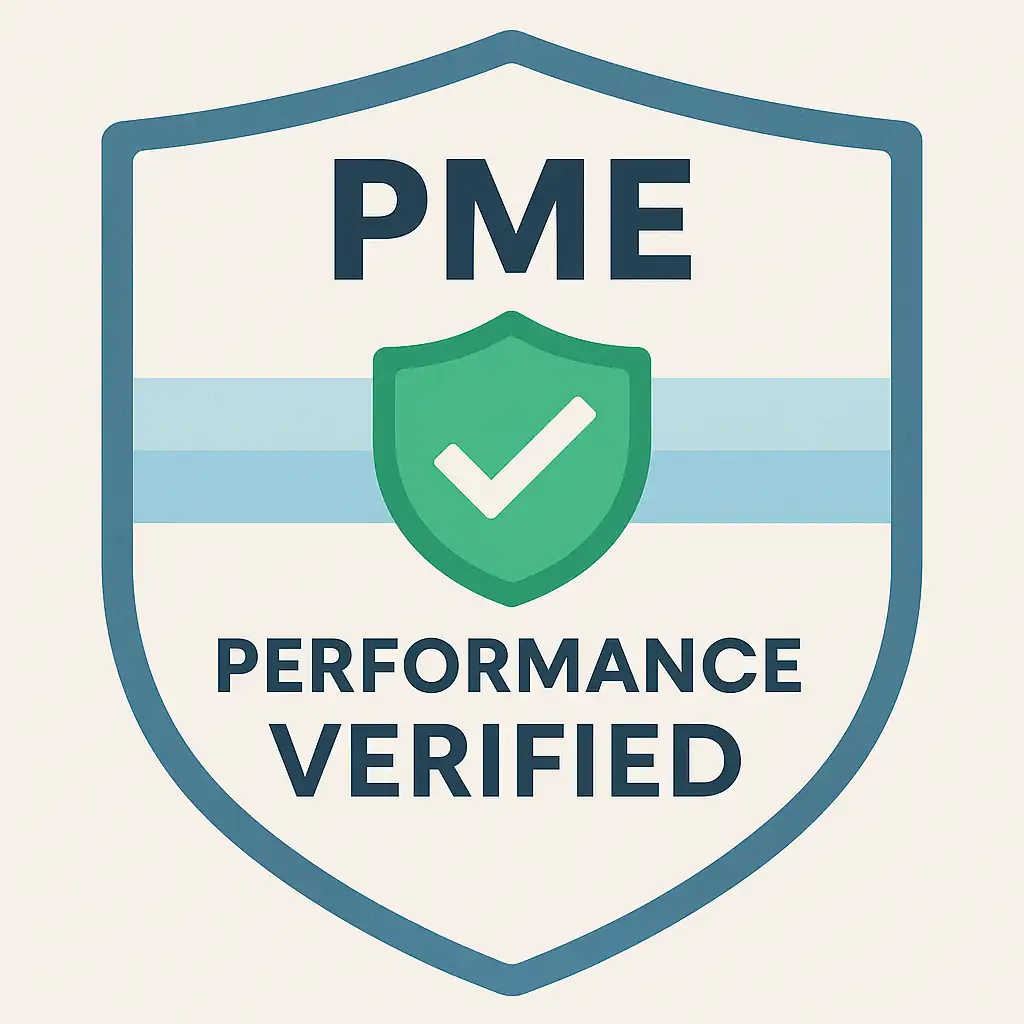Share this post:
How much do extensions cost? It’s one of the first questions homeowners in England ask when planning to add space — and understandably so. Extension costs can vary widely depending on size, storey height, materials, and even your local council’s building control requirements. In this guide, we break down single and double-storey extension costs, explore the factors that shape your budget, and help you plan a project that stays compliant and on target.
Thinking about extending your home?
We’ll help you understand costs, planning rules, and prepare the drawings you need to get approved.
Extension Costs Overview (England)
In England, the average cost of an extension ranges between £1,800 and £3,000 per square metre. The total figure depends on the complexity of the build, site access, structural work, and the quality of finish you choose. For most homeowners, the final cost is influenced by two main factors: whether the extension is single or double storey, and the type of space being created (kitchen, living area, or bedroom).
Tip: Always base your budget on floor area, not overall size — that’s how builders, architects and Building Control will estimate and approve your project.
Single vs Double Storey Extension Costs
For most homes, a single-storey extension is the simplest and most cost-effective option. It typically adds living or kitchen space to the ground floor and can often qualify under permitted development rights. In contrast, a double-storey extension adds valuable bedrooms or bathrooms upstairs but requires deeper foundations, more structural work, and full planning consent in most cases.
- Single-storey extensions: £1,800 – £2,800 per m² (basic to high spec)
- Double-storey extensions: £2,400 – £3,200 per m² (including upper floor structure, roof tie-ins, and services)
Note: Building a double storey doesn’t cost twice as much — the upper floor shares foundations and roof costs, making it more cost-effective per square metre overall.
If you’re exploring options, see our guides to single storey extension costs and house extensions for more design ideas and pricing breakdowns.
Costs by Extension Type
Not all extensions cost the same. Here’s how typical English home projects compare:
- Rear extensions: £1,800 – £2,800 per m² — ideal for kitchen-diners.
- Side extensions: £1,900 – £2,900 per m² — good for narrow plots but often need planning approval.
- Wrap-around extensions: £2,400 – £3,200 per m² — more complex roof and structure.
- Two-storey rear/side extensions: £2,500 – £3,200 per m² — more design input and regulatory checks.
Tip: Complex shapes, vaulted ceilings or large areas of glazing can push costs up. Local factors — like heritage or conservation zones — can also require extra design work.
Planning Permission & Building Regulations
Before starting any build, check whether you need planning permission. Many smaller single-storey extensions qualify under Permitted Development rules, but double-storey or side extensions rarely do. Local councils in England apply height, depth, and boundary rules that can vary by area.
Even if planning isn’t required, you’ll always need Building Regulations approval. This covers structure, fire safety, energy efficiency (Part L), and ventilation. Most homeowners use a designer or technician to prepare compliant drawings and liaise with Building Control.
Important: Starting work without Building Control approval can cause major issues during or after construction — including mortgage problems when you sell.
Quick Costs Snapshot (England 2025)
- Basic Single Storey£1,800 – £2,200
- Mid-range Single Storey£2,200 – £2,600
- High-end Single Storey£2,600 – £2,800+
- Double Storey (average)£2,400 – £3,200
- Professional fees (design, drawings, approvals)8–12% of total cost
Not sure if your idea fits Permitted Development?
We’ll check your project against PD rules and let you know if you need a full planning application.
Step-by-Step: Budgeting for Your Extension
- Define your space goals. Decide what function the extension will serve — kitchen, living, bedroom, or multi-use.
- Get measured drawings. Essential for accurate quotes and planning submissions.
- Check planning status. Review the Planning Portal or contact your local authority.
- Secure Building Regulations plans. These ensure your design complies with English standards for safety and efficiency.
- Gather contractor quotes. Compare itemised estimates, not just headline figures.
- Plan for contingencies. Always allow 10–15% extra for unexpected work.
Common Pitfalls to Avoid
- Skipping soil or structural checks — leads to costly redesigns later.
- Underestimating VAT — many builds include it unless you’re doing a new dwelling.
- Not notifying Building Control early enough.
- Designing without checking boundaries or neighbours’ rights (especially near Party Walls).
Gotcha: Extending into shared structures may trigger the Party Wall Act. Always factor in surveyor costs if your extension touches a boundary wall.
Frequently Asked Questions
Is a double-storey extension always more expensive?
No — while the total spend is higher, the cost per square metre is often lower because the upper floor shares foundations and roofing costs.
Do I need planning permission for a single-storey extension?
Many single-storey extensions in England fall under Permitted Development, provided they meet limits on height, size, and proximity to boundaries. Check details on the GOV.UK website or ask our team to confirm.
How long does an extension take to build?
Single-storey projects usually take 10–14 weeks; double-storey builds 16–24 weeks depending on weather, size, and complexity.
Can I live in my home during the build?
In most cases yes, especially for single-storey rear extensions. Expect temporary disruption if kitchens or utilities are moved.
Next Steps & Useful Guides
- Extension Costs – Complete Homeowner’s Guide
- Single Storey Extension Costs
- Rear and Side Extensions
- Do I Need Planning Permission for an Extension?
- Building Regulations – Complete Guide
- Focus AreaEngland only
- Average Cost (Single Storey)£1,800–£2,800 per m²
- Average Cost (Double Storey)£2,400–£3,200 per m²
- Planning PermissionRequired for most double-storey and side extensions
- Building RegulationsMandatory for all extensions
Planning Portal — National Planning Guidance
GOV.UK — Planning Permission in England
Ready to move your project forward?
Plans Made Easy can prepare compliant plans, manage submissions, and guide you from idea to approval.

Performance Verified ✅
This page meets PME Optimisation Standards — achieving 95+ Desktop and 85+ Mobile PageSpeed benchmarks. Verified on


